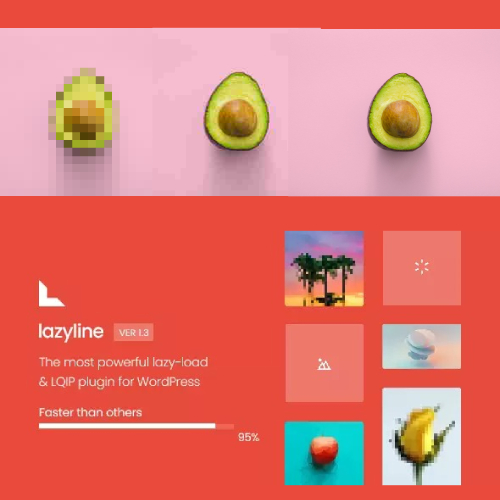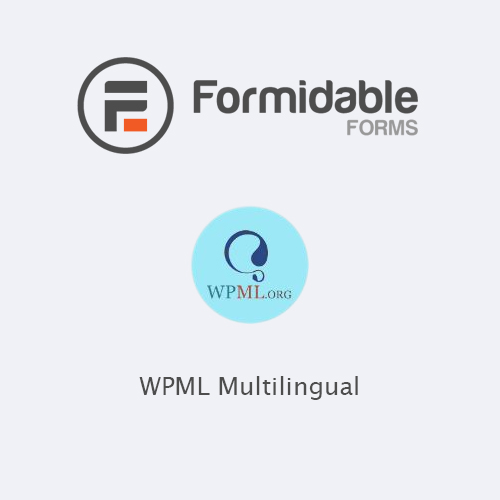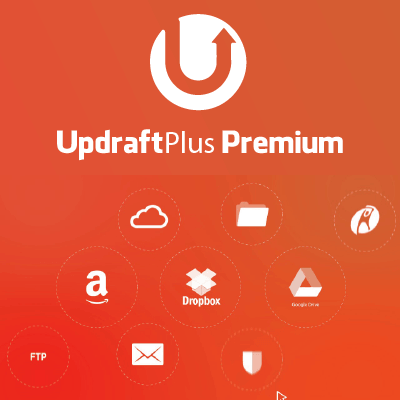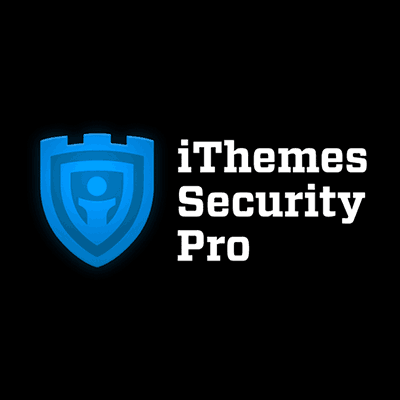introduce Lazyline:

Lazyline is a lightweight and flexible WordPress Plugin that speeds up your website by deferring the loading of your below-the-fold images, videos, and iframes to when they will enter the viewport. It’s written in plain “vanilla” JavaScript, it leverages the IntersectionObserver API, supports responsive images, optimizes your website for slower connections, and can enable native lazy loading.
Main Feature Lazyline :
SEO friendly
Lazyline doesn’t hide images/assets from search engines. No matter what markup pattern you use. Search engines don’t scroll/interact with your website. Lazyline detects whether or not the user agent is capable to scroll. If not, they reveal all images instantly.
Retries loading after network disconnection
If your mobile users are on flaky connections and go offline and back online, Lazyline retries downloading the images that errored.
Developer/Debug mode
You can enable developer/debug mode to track the lazy loading status of each individual image. In this mode, there are 8 different status triggers, for each of them there is a separate event that displays an informative notification to the browser console.
Additional validation
The validation status of your pages is an important point for achieving excellent SEO results. Most developers forget to add alt, title, width, and height attributes to images as they seem insignificant, but actually, these attributes make a huge impact on SEO and CLS. That’s why we’ve added a separate setting that automatically adds these attributes to your images.
XMLHttp watcher
Are you using an AJAX-ready WordPress theme? Or load more functionality? Don’t worry, we’ve created an innovative watcher that catches every ajax request on the page and updates the DOM data for every Lazyline instance, so you can significantly speed up XMLHttp requests and get a working Lazyline handler for AJAX loaded content.
Blur/Antialiasing settings
You can enable or disable native image filters such as antialiasing (AAF) and Gaussian Blur. For example, for standard LQIP, it is recommended to enable them, as this slightly improves the quality of the placeholder. Also for pixelart/primitives LQIP, it is recommended to disable these filters so that pixels/SVG shapes are sharp.










Reviews
There are no reviews yet.